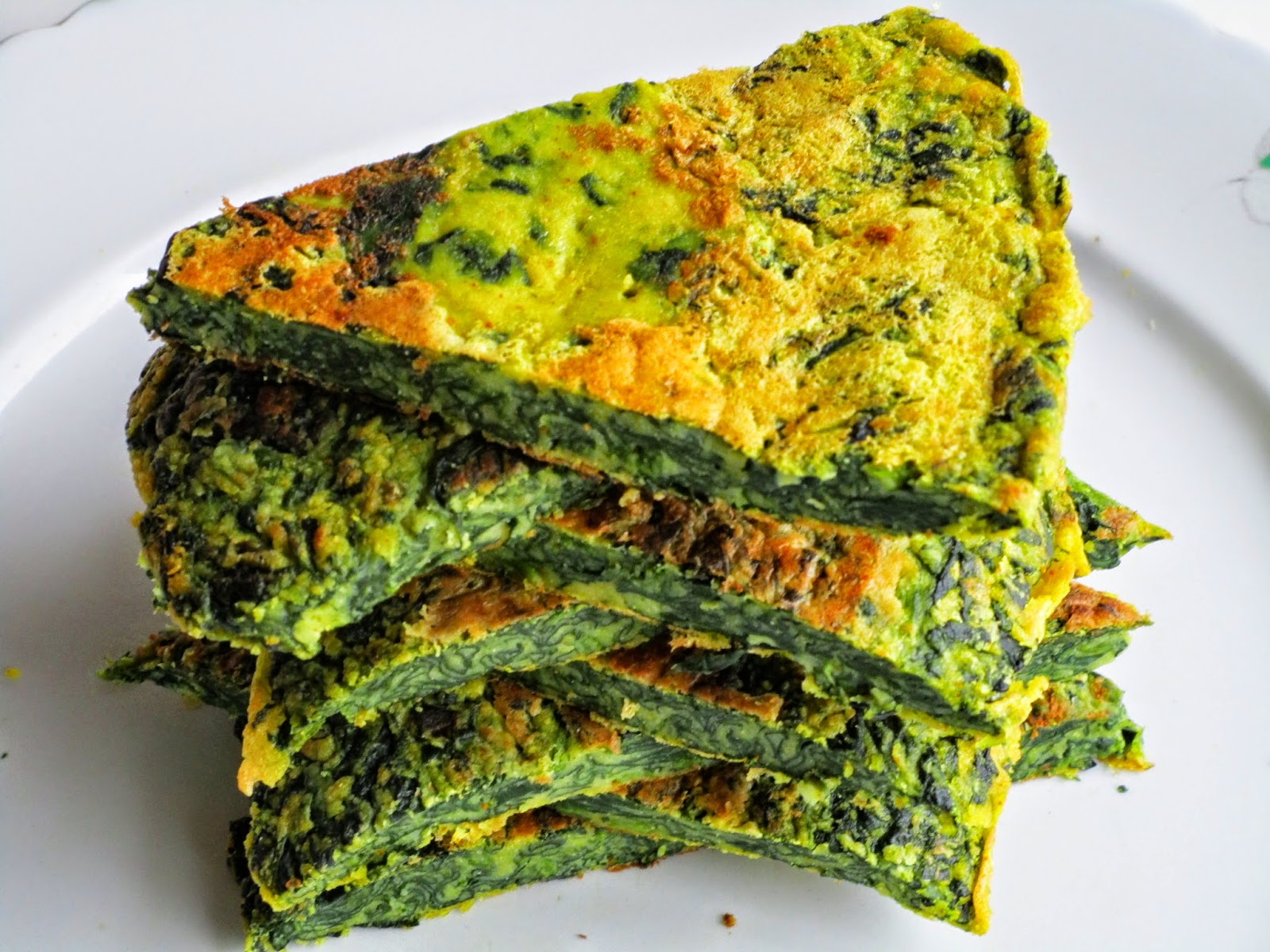Take a journey through each region of Italy and discover what the locals eat during their Easter festivities.
Abruzzo
Capra alla neretese – Goat stew
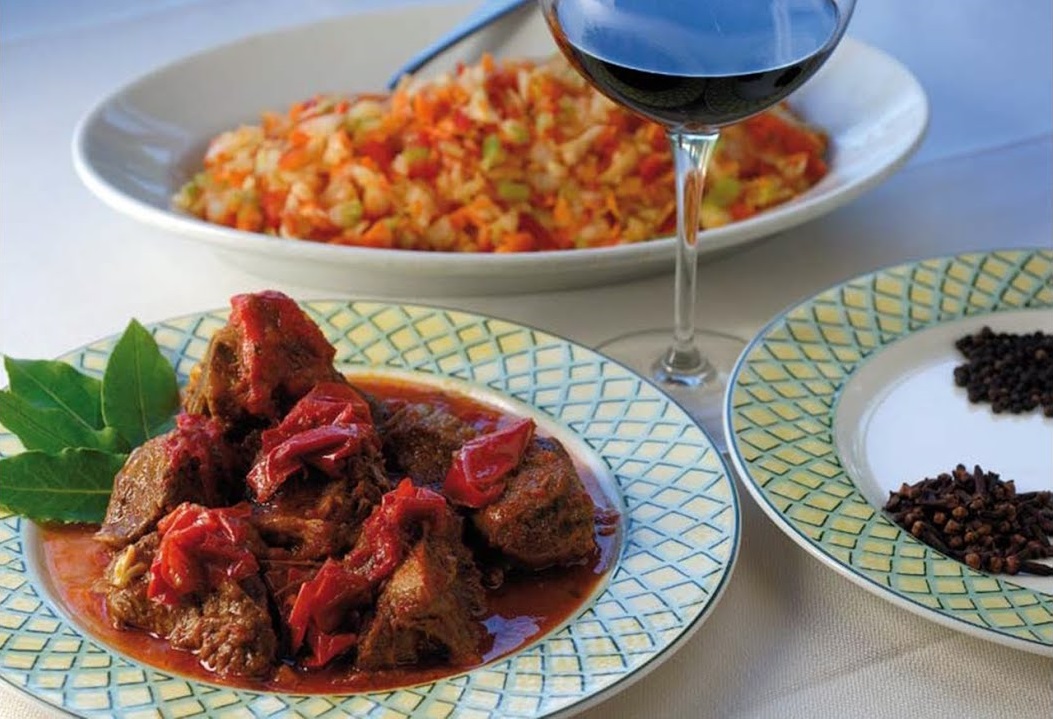
This hearty stew is a specialty from the central Italian region of Abruzzo, originating in the town of Nereto (hence its name).
Traditionally, locals serve this dish as a secondo, or main, at Easter time.
Dating back to ancient times, this meal is linked to the centuries-old agricultural traditions of the region and has been passed down through many generations.
The pieces of goat meat are stewed in a thick tomato sauce and accompanied by fried red peppers.
Aosta Valley
Sformato di cavolo – Cabbage flan
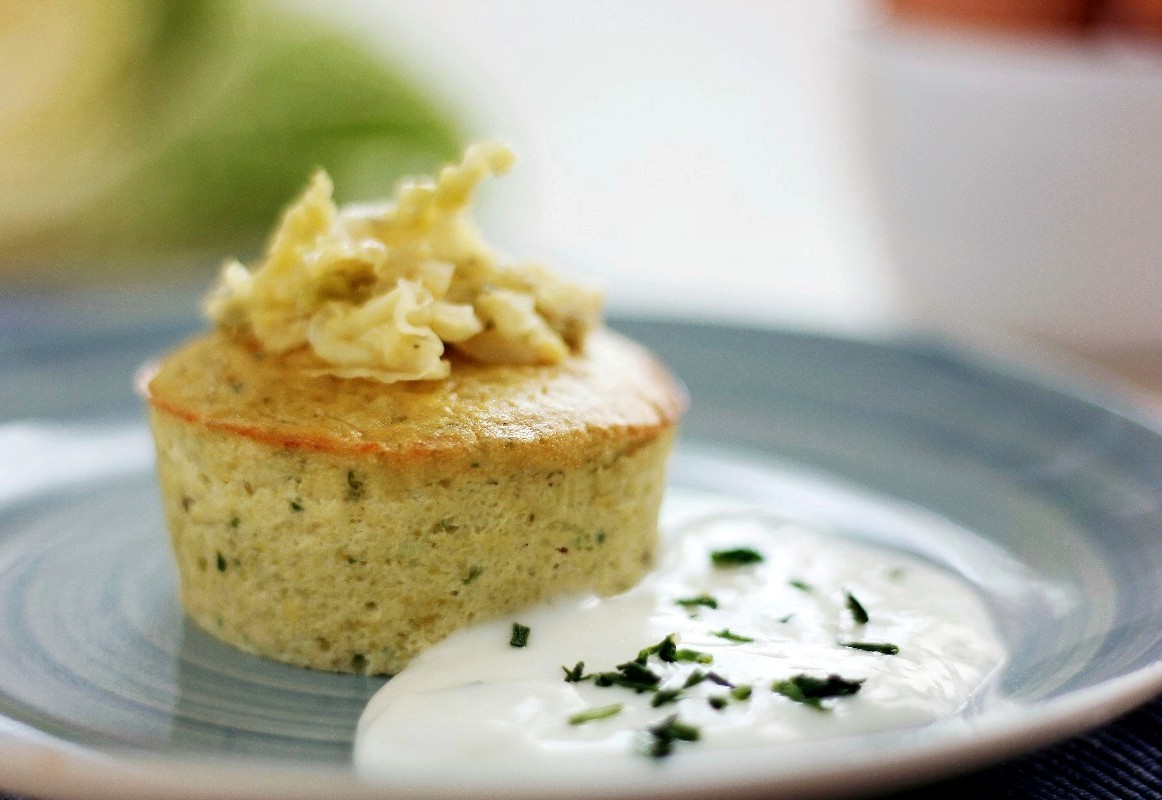
This rich dish is the epitome of rural culinary traditions.
Cabbage has been consumed since the dawn of time, and was eaten by the ancient Egyptians.
In Greece, cabbage was considered sacred, while the Latin world thought it to be a universal cure to all illnesses and that if it was consumed before a meal, it allowed people to drink as much wine as they liked without getting drunk.
Going back to ancient Roman times, Italian parents have traditionally told their children that babies are born under cabbages.
This tradition stems from the fact that Cato the Elder, who ate lots of cabbage, fathered 23 children throughout his life.
Basilicata
Falagone – Potato pasties
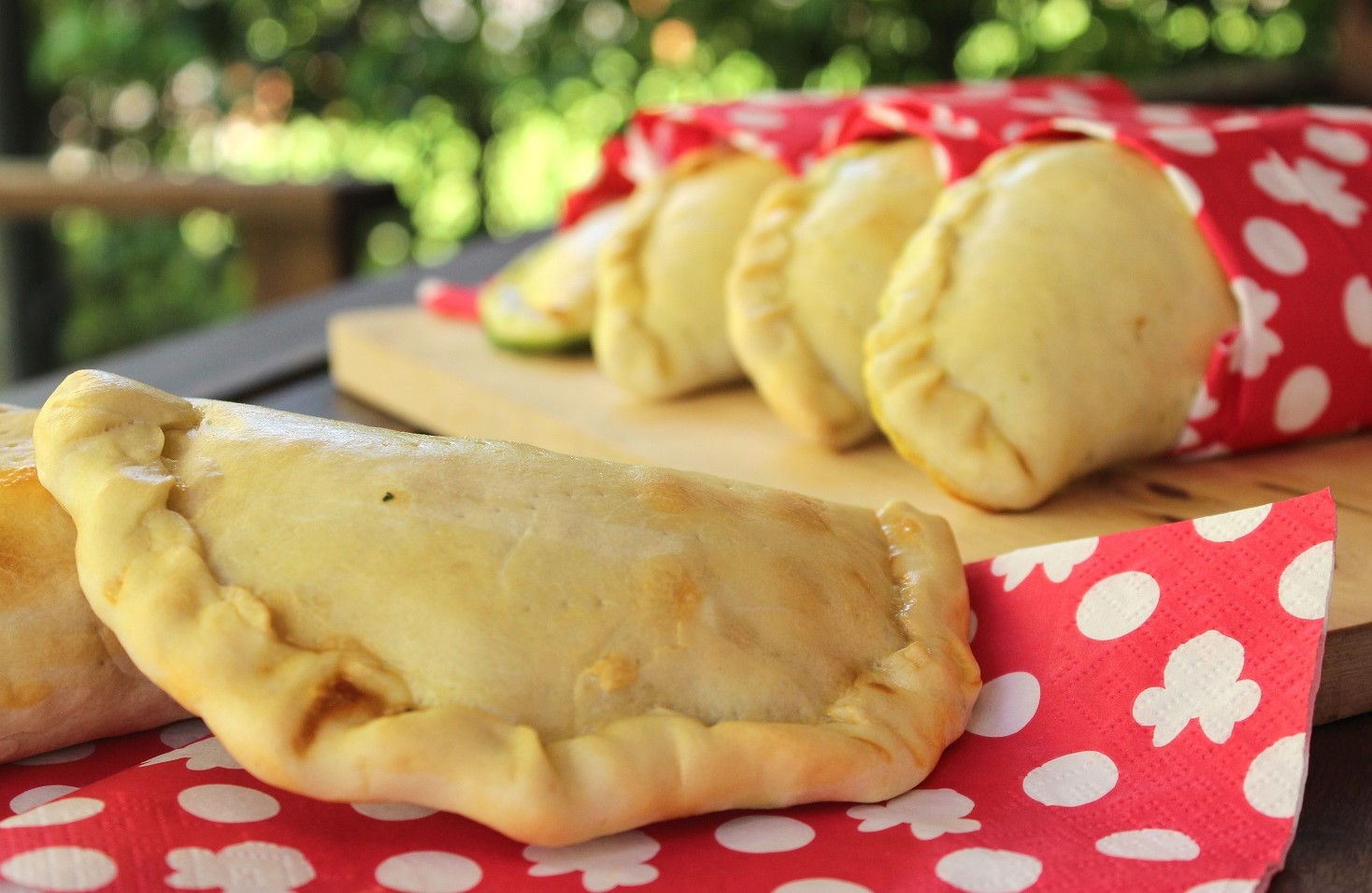
This pastry-based dish is prepared in the north-western area of Basilicata during Easter festivities.
These pasties are best described as a fried calzoni filled with ricotta, egg, mint and sugar, sprinkled with hundreds-of-thousands.
Traditionally, they are cooked in a wood-fired oven.
This specialty has its roots in ancient times and was once used as an offering during pagan rituals.
During these rituals its ingredients were symbolic: the flour represented wealth, the ricotta represented work and the egg represented new life.
These treats can be stored in a cool place for around five days.
Calabria
Mostaccioli – Calabrian biscuits
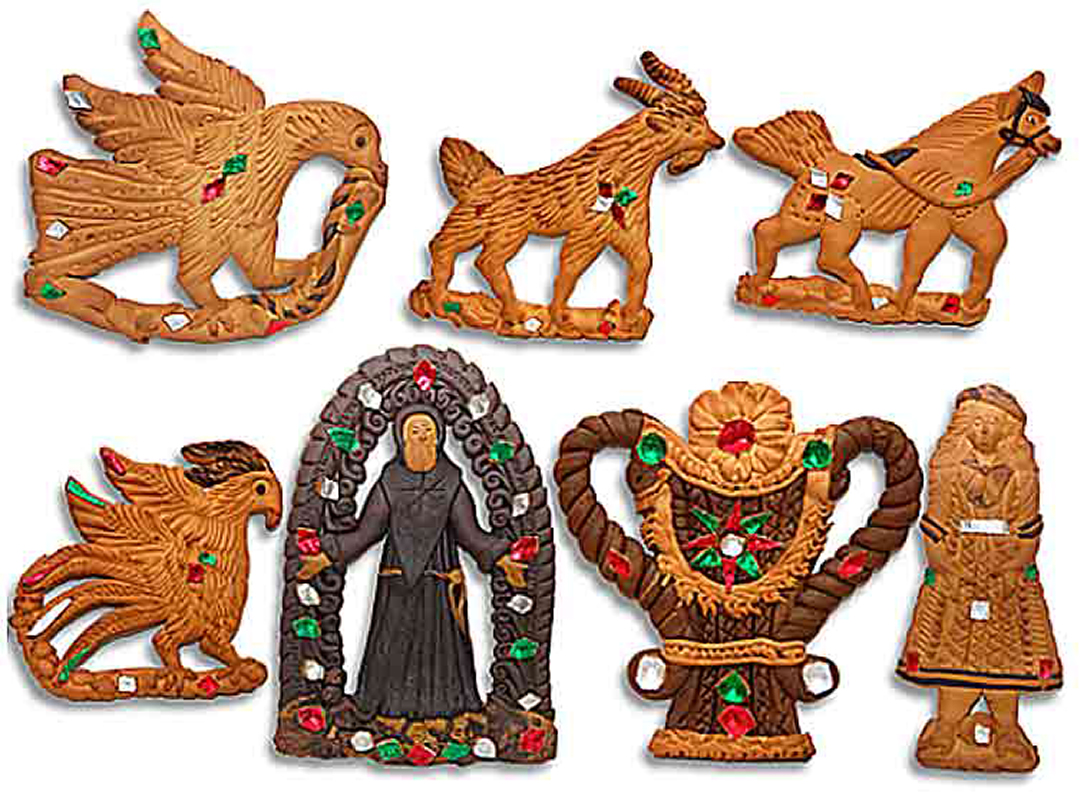
These traditional Calabrian biscuits are crunchy and showcase the natural wonder of honey.
They are associated with Calabrian farming traditions and are particularly popular in Soriano Calabro.
Traditionally, they are served during celebrations such as Easter and weddings.
These biscuits are prepared using few ingredients: flour, egg yolks, honey and baking powder.
They are moulded into various shapes and decorated with passion.
Mostaccioli are renowned for their hard and dense texture, adopting the nickname spaccadenti (tooth-breakers).
They can be stored for a long time.
Campania
Fellata – Easter antipasto

Often, Italian culinary traditions tie in with religion.
It’s Neapolitan tradition to inaugurate Easter lunch with the fellata, a platter of cured meat such as salami and capocollo, cheese varieties such as ricotta salata, provolone and buffalo mozzarella, and boiled eggs – all produced locally.
The name fellata is derived from fella, the Neapolitan word for “slice”, because all of the ingredients of the antipasto are served sliced or cut.
Every element of this rich platter has its own meaning: the meat represents the richness of the land, the ricotta salata represents religious communion, and the eggs symbolise life and rebirth.
Emilia-Romagna
Tardura – Breadcrumbs in beef broth
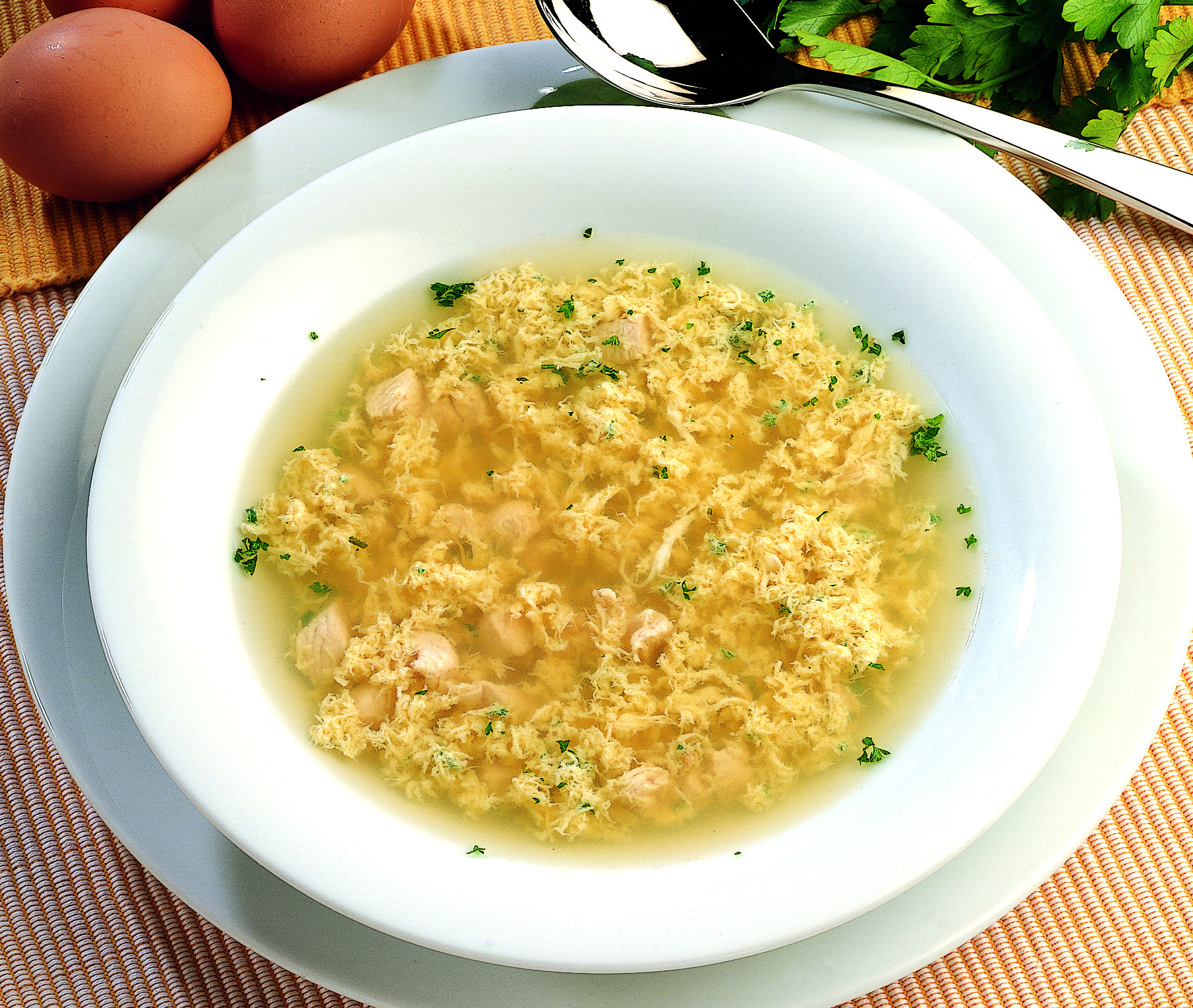
Tardura means “shredding” in the dialect of Emilia-Romagna, hence this traditional dish’s name.
This ancient soup was once served at Easter and offered to relatives on joyous occasions, such as the birth of a child.
As time went on, this broth was replaced by more elaborate dishes, however, it’s recently made a comeback at the tables of locals.
Tardura has its roots in the peasant traditions of the region and it is Emilia-Romagna’s answer to passatelli or stracciatella, which are also made with beaten eggs, Parmigiano Reggiano, salt and nutmeg.
Some versions of this soup also include breadcrumbs and cracked pepper.
This dish is easy to make, but requires an exquisite meat broth for the best outcome.
Friuli-Venezia Giulia
Focaccia friuliana dolce – Sweet Friulian focaccia

This is the typical Easter sweet in Friuli, and is shared around the table among family and friends at the end of the Easter feast.
This leavened sweet has been passed through the generations for centuries since ancient Roman times.
Mention of the focaccia exists in a document from the 15th century which confirms its link to Easter traditions.
The sweet looks like a round loaf of bread with a golden-brown crust and incisions on the top.
Lazio
Coratella alla romana – Offal and artichokes
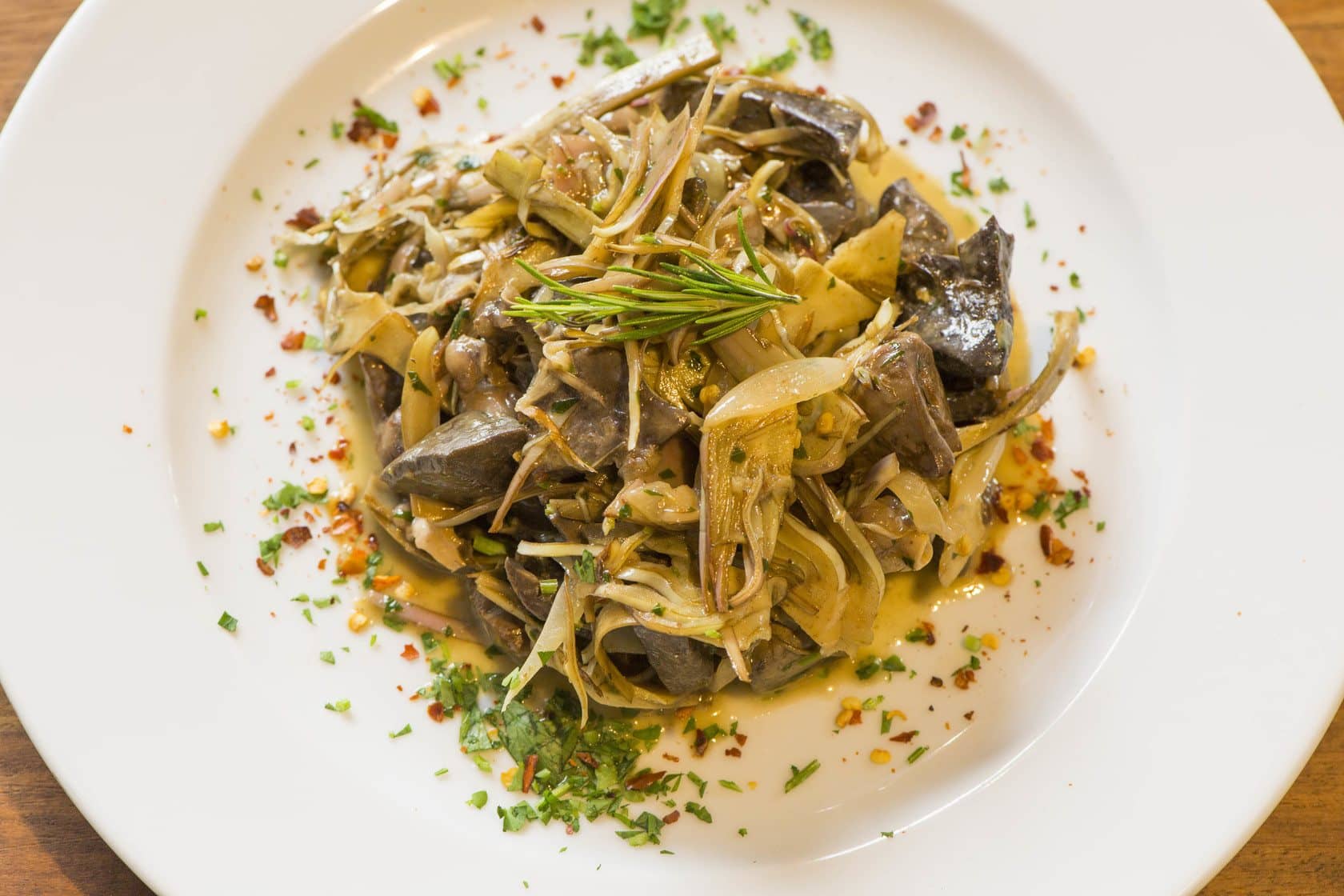
This dish has humble origins and comes from the mountainous villages of the region.
Famous across Lazio, this main course almost ceased to exist due to the scarcity of lamb.
However, it has since made a comeback and is a staple at the tables of Roman families during Easter celebrations.
This dish has a peculiar taste, with a slight hint of rustic wilderness that isn’t to everyone’s liking.
Liguria
Cavagnetti – Pastry baskets
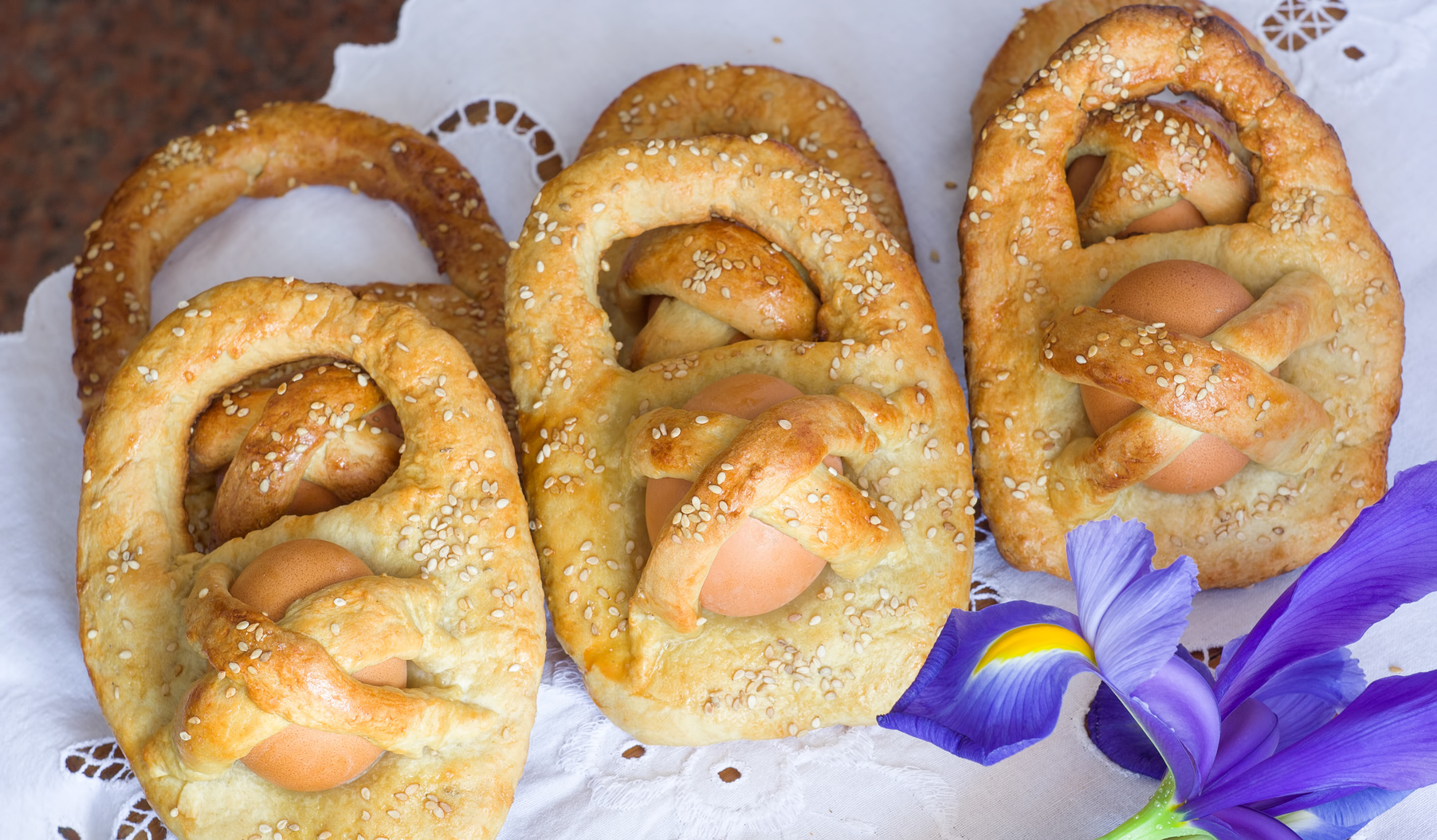
In Ligurian dialect, cavagnetto means “basket”, and this sweet is named after its shape: the dough is formed into a basket which holds eggs.
Simple and tasty, this treat is typically made at Easter and was once a way of gifting eggs to children.
The eggshells were often dyed red, representing life and love.
Traditionally, this sweet was exchanged between lovers on the morning of Easter.
Lombardy
Torta salata di Pasqua – Easter tart
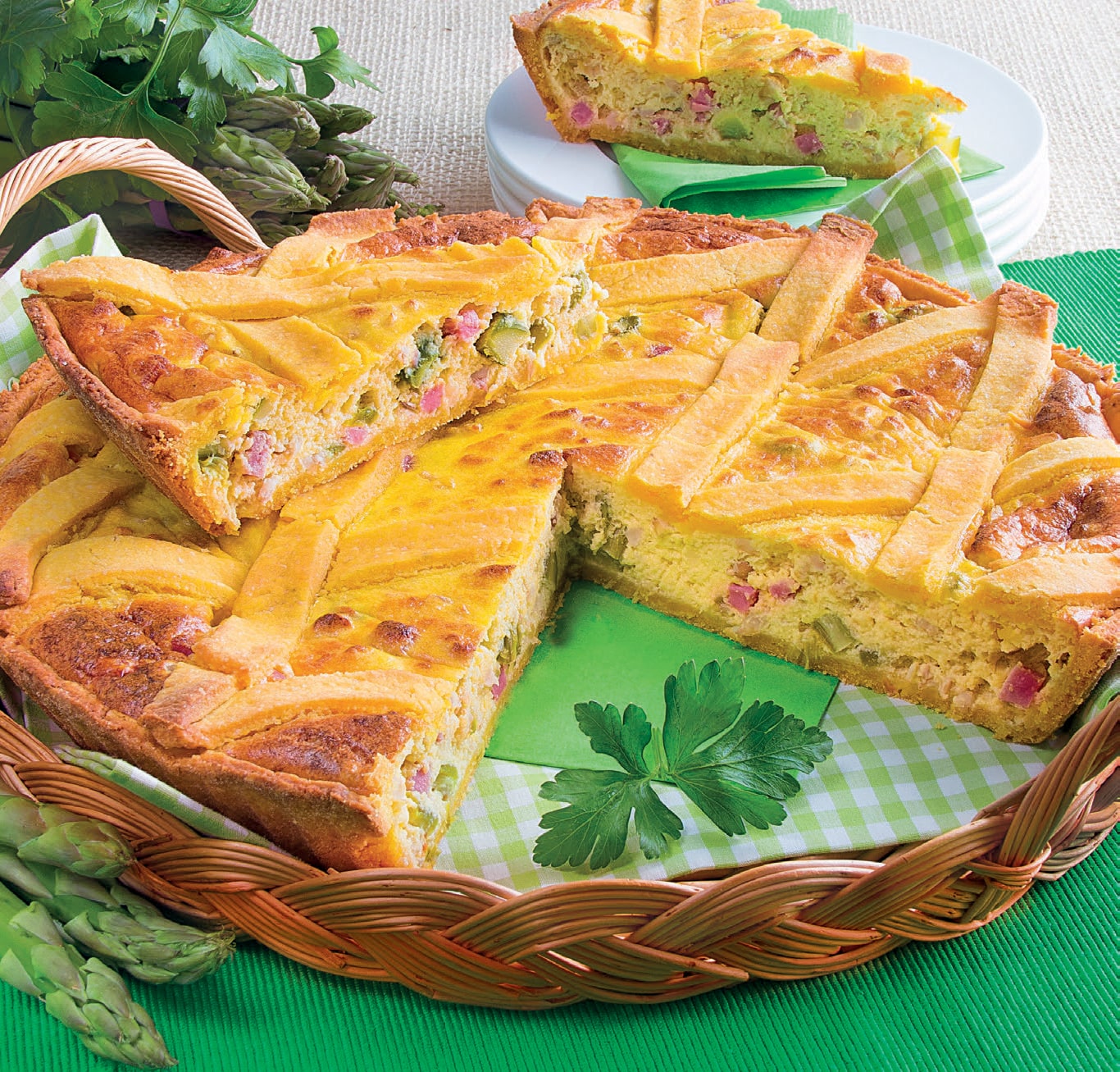
This savoury tart is a typical Easter dish in the northern Italian region of Lombardy.
It consists of puff pastry filled with chicken, ham, parmesan, asparagus, salt, pepper, thyme and parsley.
The main heroes of the dish are arguably the asparagus and ham.
The tart is traditionally served as an entrée; however, it also makes for a great dish to pack for an Easter picnic.
Marche
Frittata con mentrasto – Herb frittata
Mentrasto is a type of wild mint grown in the fields of Marche, used since the Renaissance.
During Easter festivities, locals prepare a frittata with this herb and serve it for breakfast alongside a traditional cheese pizza from the town of Iesi.
At Easter, the larger supermarkets across Marche sell bunches of mentrasto, garlic shoots, mint and parsley – the herbs used to make this frittata.
In some areas of Marche, this dish was made with a few drops of holy water.
Molise
Pigna pasquale – Easter cake

This cake dates back to ancient times and has its roots in the Ciociaria region.
It has a base of flour and eggs and is simple to make, however it takes time: for the best results, the dough must be worked well and set aside to rise until it doubles in size.
Piedmont
Agnolotti del plin – “Pinched” agnolotti
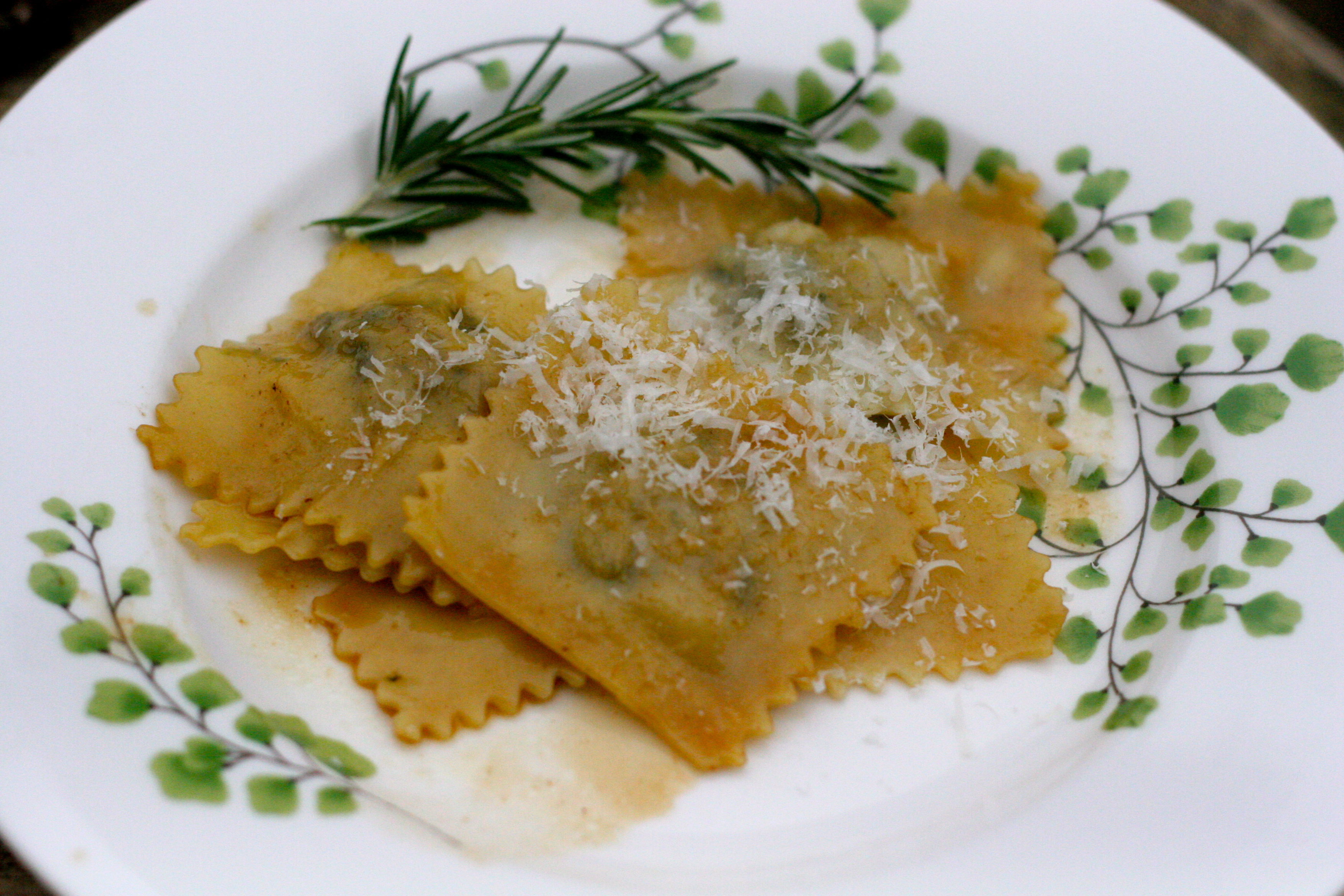
This is a traditional Piedmontese dish which gets its name from the regional dialect for “pinch,” which is how you make the pasta.
It’s believed this pasta came about as a way of using up leftovers from a roast, as the pasta pockets are filled with a combination of meat, herbs and cheese.
This dish is mentioned in a document written in 1846 by a Turinese cook named Francesco Chapusot.
While these pockets of pasta are easy to make, it’s a laborious and time-consuming process.
This pasta is traditionally served without a sauce, in order to showcase the flavours of the filling.
In modern times, it is often served with a meat ragù, with a sage and butter sauce, or in a broth.
Puglia
Pastatelle – Easter turnovers

Also known as bocconotti, these sweets are commonly served at Easter in Puglia, especially in Bari.
These sweet turnovers are filled with cherry jam which is mixed with a jam of your choice and walnuts or chocolate chips.
They are served dusted with icing sugar to make them even more delicious.
Similar sweets exist in Abruzzo, Basilicata and Calabria, but the origins of the Apulian version are in the Murgian hinterland, where farmers taught themselves, using a recipe that allowed them to preserve the sweets for a long time.
Sardinia
Maialetto allo spiedo – Spit roast
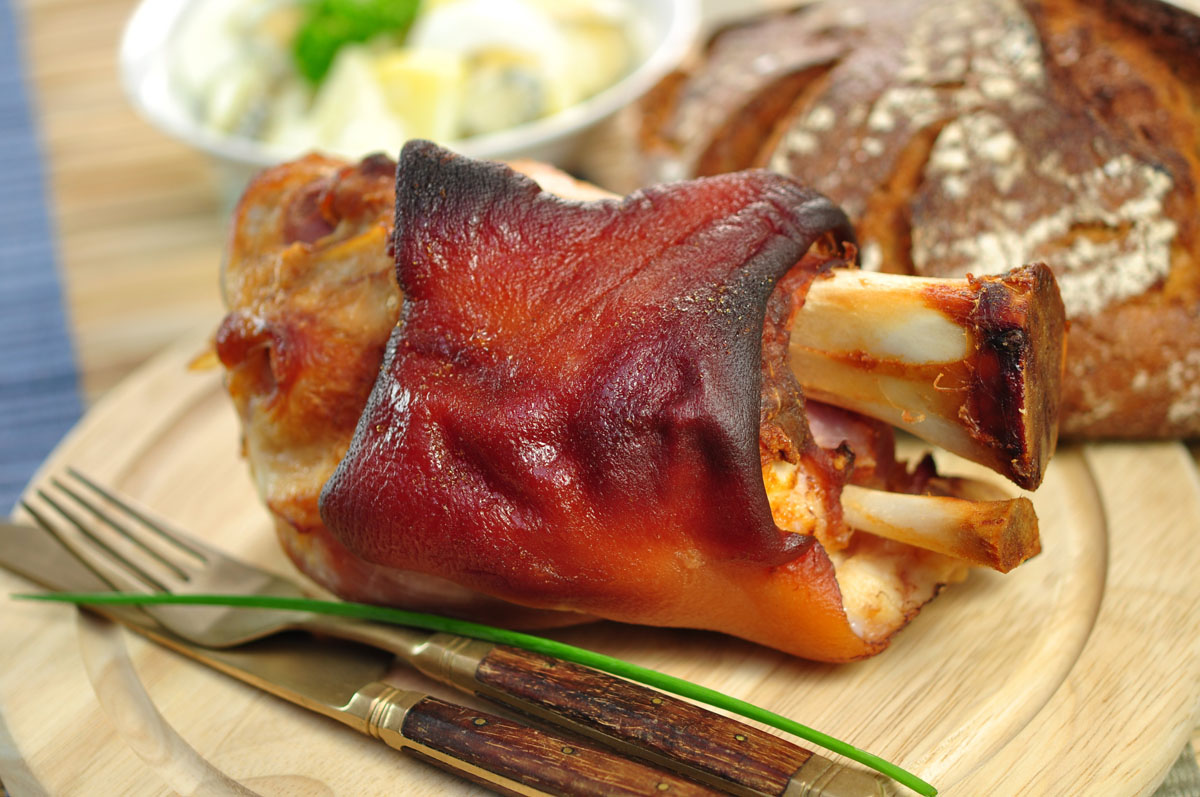
This is a traditional Sardinian dish and plays an important role in the island’s culinary traditions.
The name of this specialty changes depending on which area of Sardinia you’re in, and some names include: proxeddu, porcheddu, porcetto, proceddu and pulceddu.
However, one thing never changes: the way the pork is cooked.
The pig has to be aged between 40 and 60 days and weigh six to seven kilograms.
Before cooking, the pig has to be cleaned perfectly and dried.
It is then cut in half and placed on the spit, from the hind thigh to the head.
Some prefer to light the fire using wood and branches from aromatic plants such as arbutus, holly oak and olive trees.
Sicily
Gallina col riso – Chicken and rice
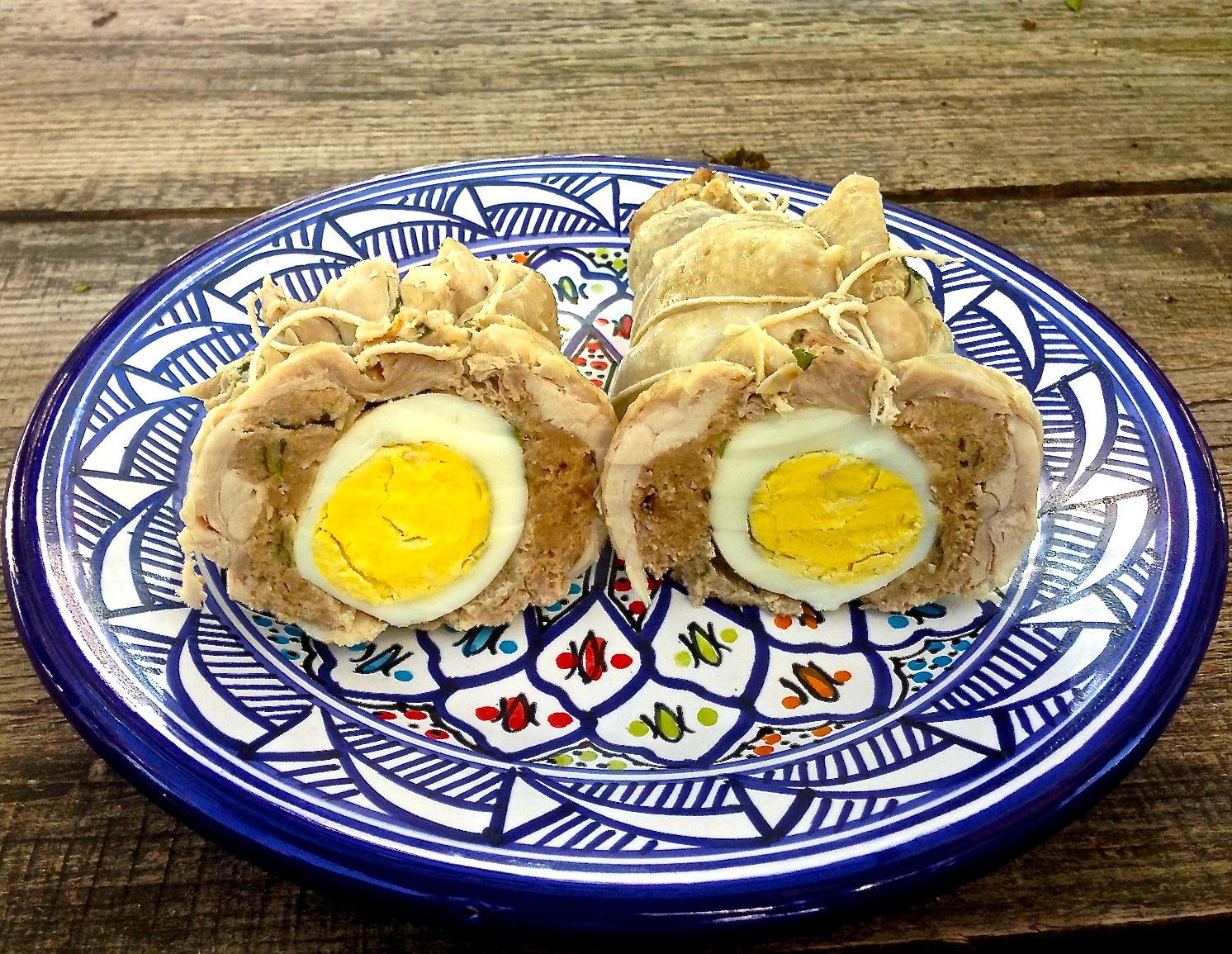
In Sicily, particularly Syracuse, it is tradition to eat chicken stuffed with rice, sausage or livers, eggs and cheese for Easter lunch.
This age-old recipe has been handed down through the generations and was born out of a need to make cheaper meat tastier.
In fact, white meat wasn’t often cooked during festivities because it was considered a “poor” and highly perishable product.
Chicken, however, was considered precious and to sacrifice it during celebrations symbolised wealth.
There was still a need to make it tasty, though…. Hence this delicious dish.
Tuscany
Pici al ragù di coniglio – Pici with rabbit ragù

The pici variety of pasta has its roots in Etruscan times and was first officially documented in the famous Tomb of the Leopards in Tarquinia, a fifth-century burial chamber.
An image in the tomb depicts a servant bringing a bowl of the long pasta to a table.
Pici pasta then made its way from Viterbo to the Chiana Valley, then spread across all of Tuscany.
Rabbit became a symbol of Easter in Germany during the 15th century, when the first sweets in the shape of a rabbit were made.
Extremely fertile animals, rabbits soon came to symbolise the new life which came with the arrival of spring.
Trentino-Alto Adige
Smacafam – Sausage slice
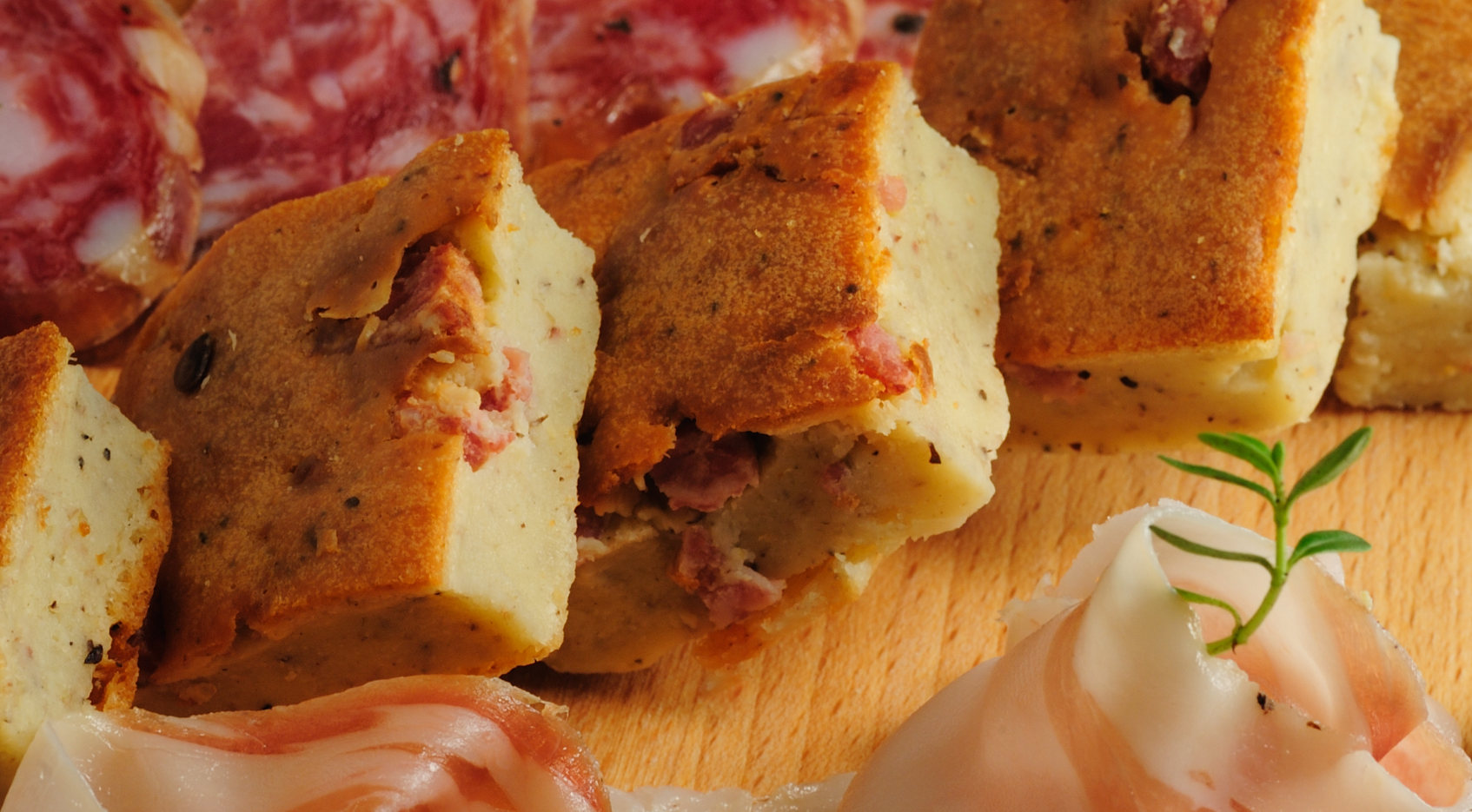
This hearty sausage-based dish is traditionally served in Trentino-Alto Adige at Easter.
Though full of flavour, this recipe requires few ingredients.
The word smacafam is dialect for schiaccia fame, or “hunger beater”, and this dish can be enjoyed hot or cold.
There are many different versions of this recipe: some people use buckwheat and others like to add speck to make it even more flavoursome.
This dish is the perfect entrée, and can also be served as a main with a side of cheese, potatoes or cooked vegetables.
Umbria
Pizza di pasqua salata – Savoury Easter cake
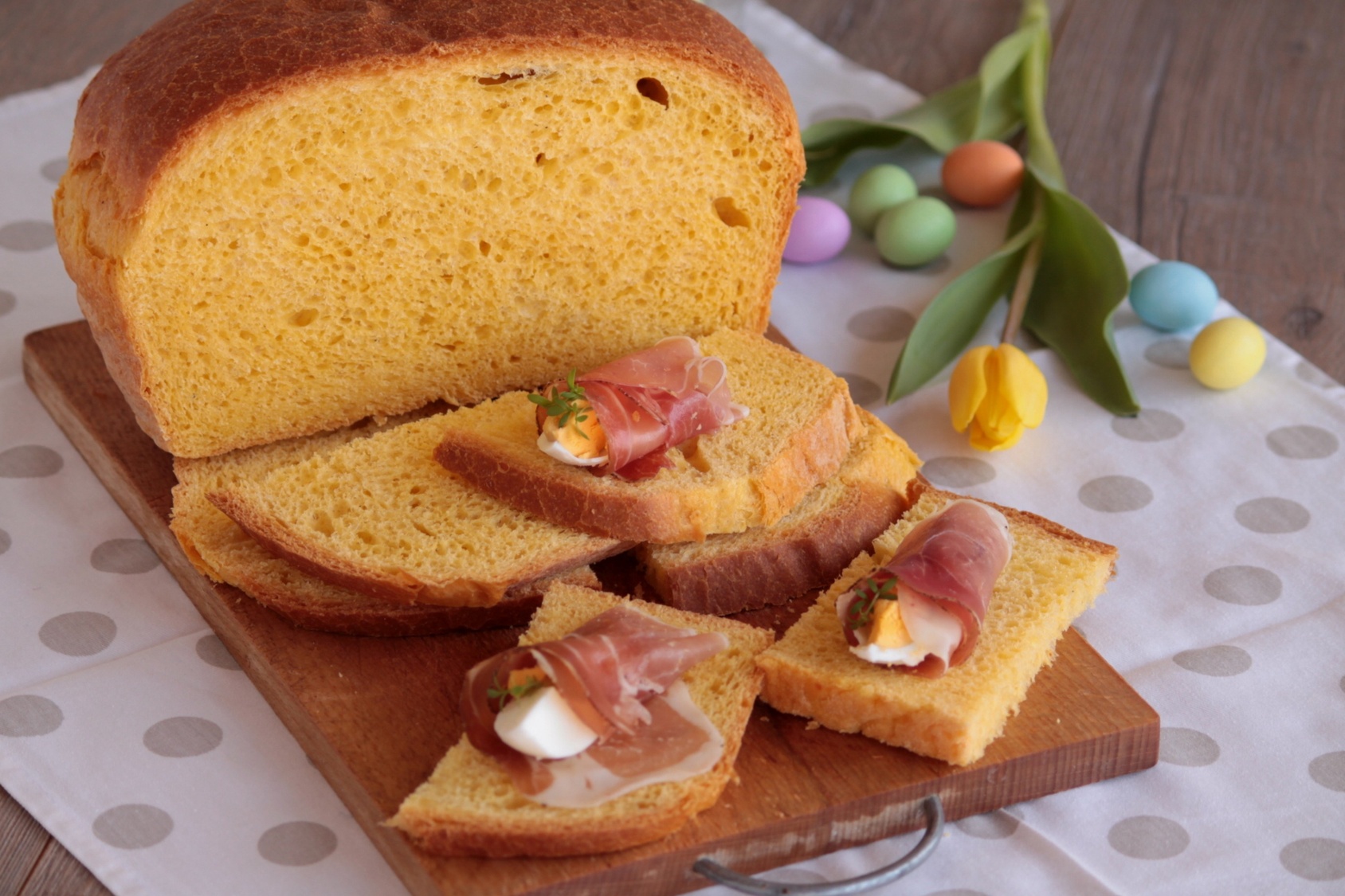
This cheesy cake is an Easter specialty in Umbria and Marche.
The recipe has been around for centuries, as the ancient Umbrians had already mastered the art of leavening back then.
Traditionally, the cake is prepared on Holy Thursday or Good Friday, to allow the ingredients (flour, egg, milk, cheese and salt) to combine well.
Once prepared, the cake is typically taken to church to be blessed.
The cake is then eaten for breakfast on Easter Sunday, served with cold cuts and hot chocolate, or as an entrée at lunch, served with boiled eggs, cold cuts and red wine.
It also makes for the perfect Easter picnic meal.
Veneto
Insalata pasqualina – Easter salad
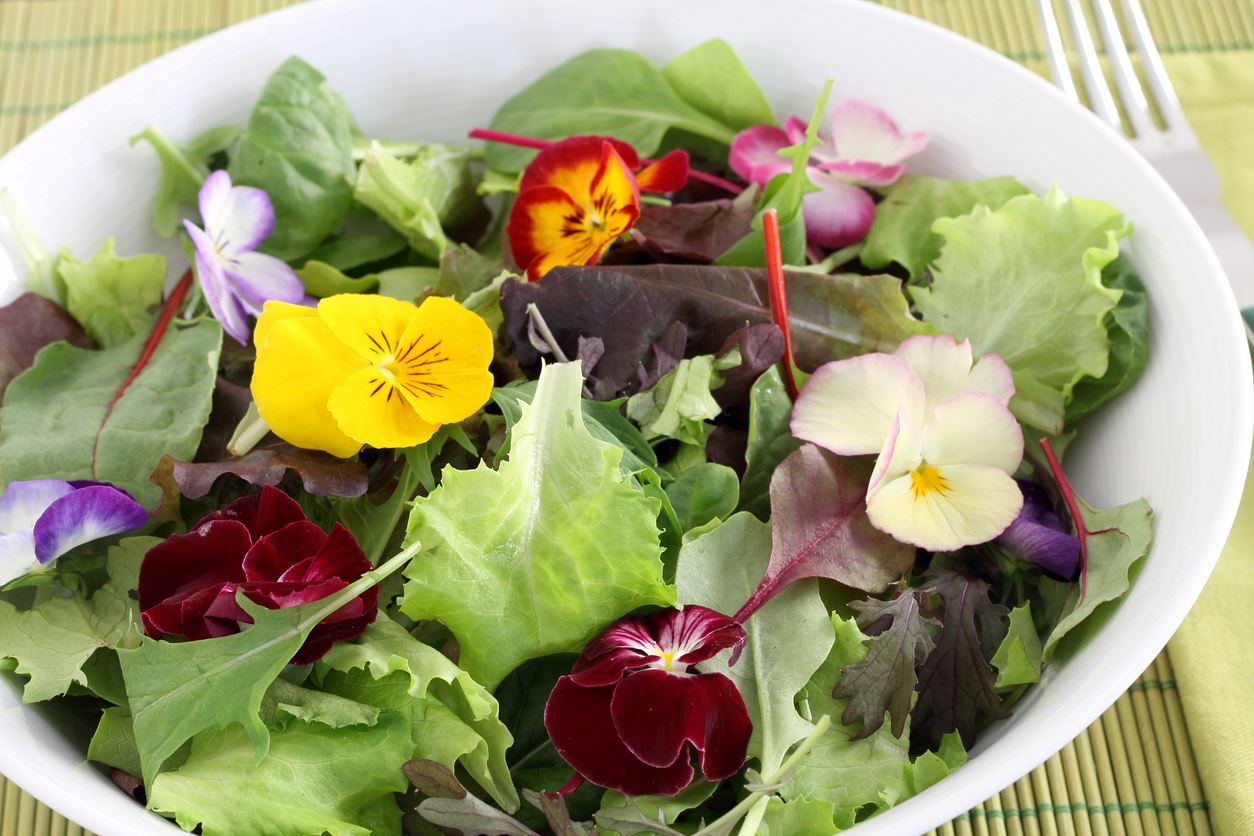
This dish is an absolute must at tables across Veneto during Easter festivities.
So much more than a side, this salad is a mosaic of vibrant colours made with primroses, boiled eggs, aromatic herbs and a drizzle of olive oil.
Like with all traditional recipes, there are many different versions of this one: while the one constant is the inclusion of hard-boiled eggs, other ingredients can vary depending on availability.
This salad is the perfect side to a sumptuous main or as a light meal on Good Friday, when the consumption of red meat is prohibited.



